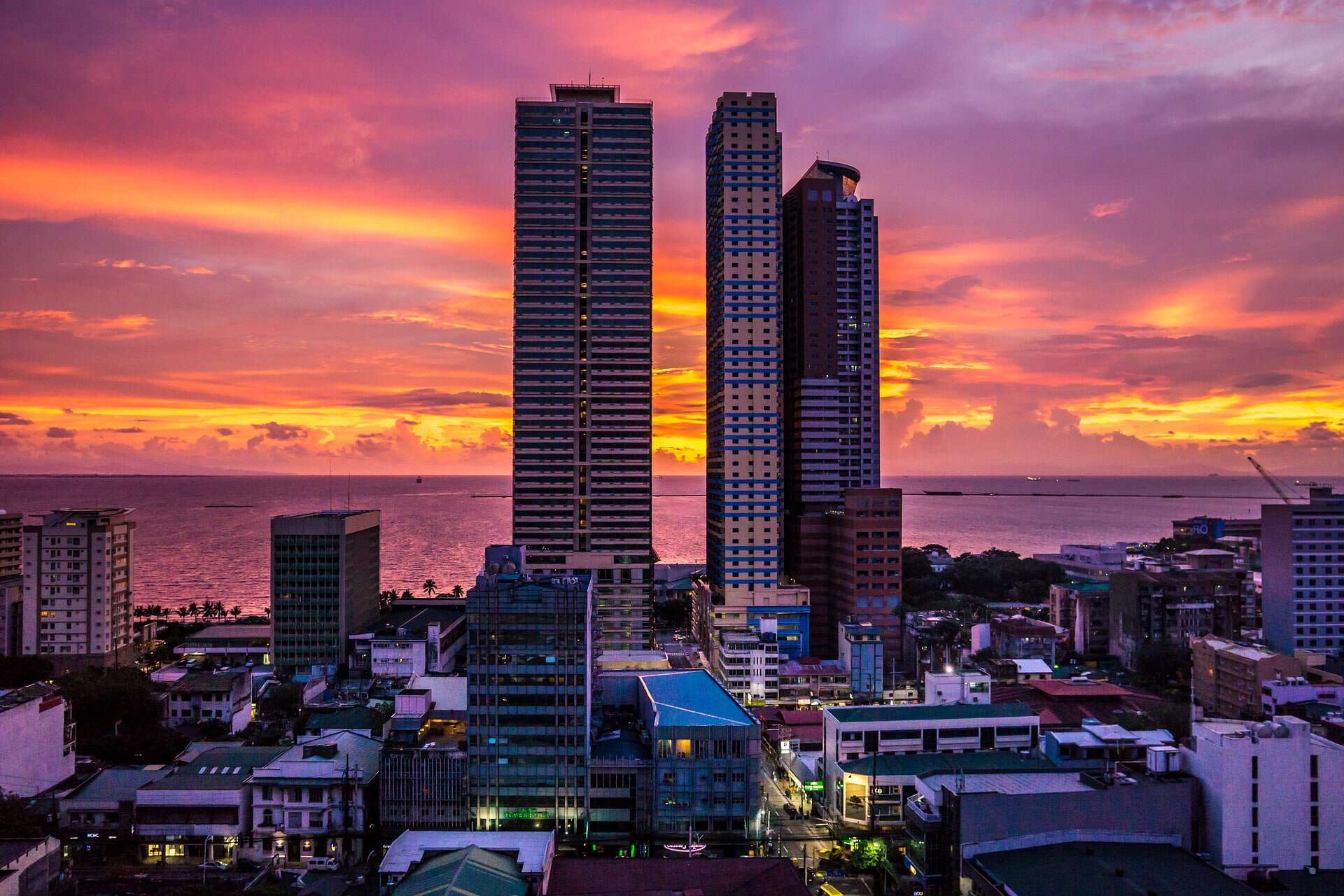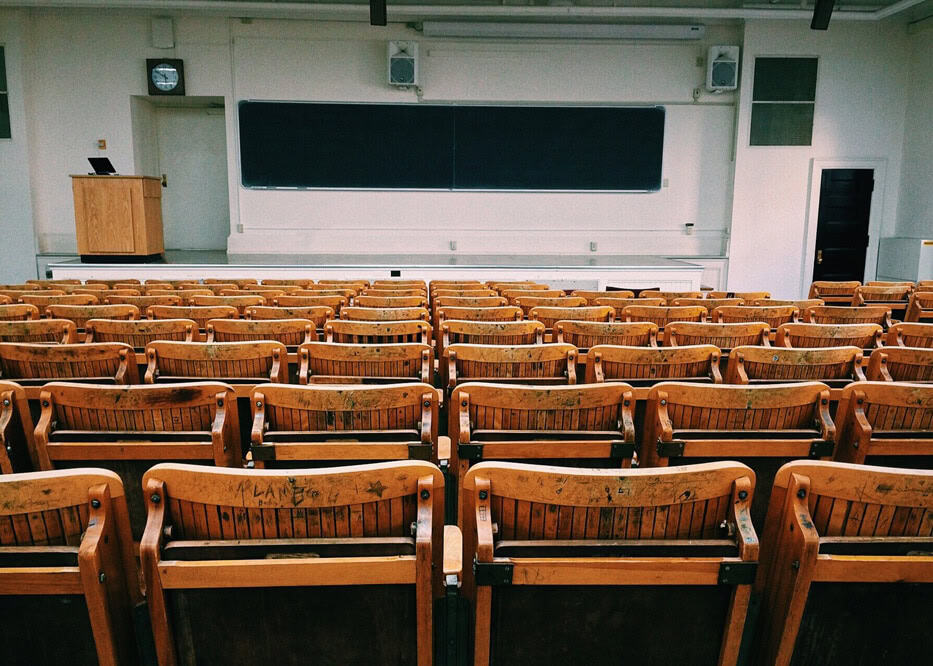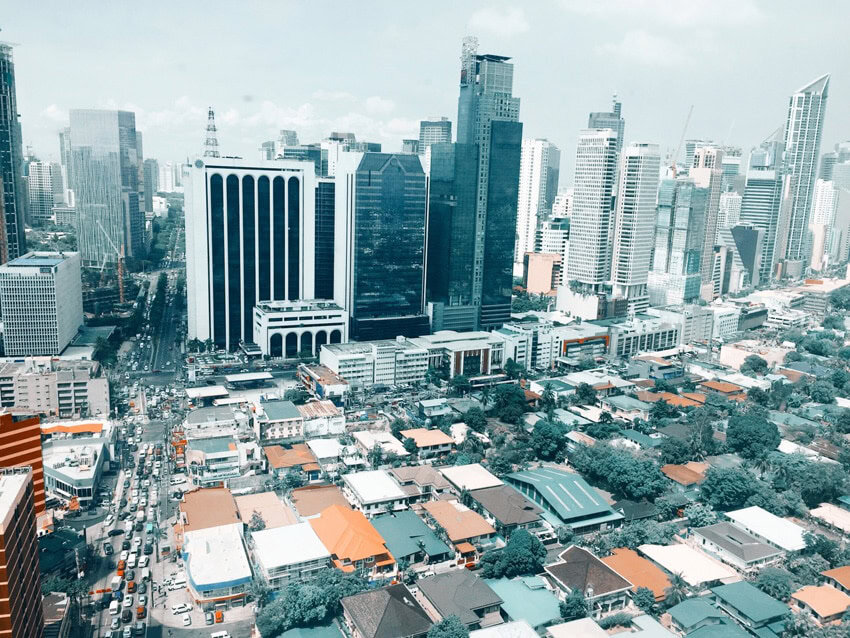How to Succeed in Education in the Philippines
Updated: June 19, 2024
Published: April 12, 2019

Interested in getting an education in the Philippines? See what there is to offer here.
More students are choosing to get an education the Philippines when pursuing their degrees. Why? Because there are increasingly more high-quality universities and vocational colleges being established and a new law has made public higher education tuition-free! But before we get to the top universities in the Philippines, we want to go over some basics first about the education system in the country.
How the Education System Works in the Philippines
Did you know that the Philippines is the country with the highest number of higher education institutions in Southeast Asia? In 1994, the Commission on Higher Education (CHED) was created, which governs higher education in the Philippines. As of 2013, there are 2,229 higher education institutions, both public and private. 656 are public (28.53%) and 1,643 are private (71.47%).
As of 2012, there are 7,766 foreign national students studying in post-secondary education in the Philippines. Who’s studying there? Well, Koreans were the top international student, and the rest were mainly Iranian, Chinese, American and Indian.
After finishing high school, Filipino students are then able to move on to either vocational and technical colleges or to universities. The Philippines has a population of 103 million and 2,500,000 students study at the higher education level each year.

Source: Pixabay
Technical and Vocational Education
Technical and vocational schools are referred to as colleges in the Philippines. The length of these programs can be as little as a few weeks and up to three years. When students are ready to graduate, most programs require a TESDA (Technical Education and Skills Authority) exam in order to get an certificate or diploma. These are accredited colleges that don’t typically require an entrance exam. They do however need a record of high school education and an enrollment fee.
University Education
While colleges typically offer one or more specialized programs, universities in the Philippines offer at least 8 different undergraduate degree programs and at least 2 graduate programs.
Public universities are all non-sectarian (they have no affiliation with religion) and English is the language used. Public universities are government funded and receive a substantial portion of the annual budget. Of the universities that are sectarian, they are mostly private, Catholic, non-profit organizations. Like in the US, most universities offer 4-year degree programs with 2 semesters per year.
Credits and Degrees
The credit and degree structure in universities in the Philippines is very similar to that of the US. Firstly, students need a high school diploma and sometimes possibly National Secondary Achievement Test (NSAT) results.
Bachelor Degrees:
Bachelor degree programs in the Philippines last a minimum of 4 years. The first 2 years are dedicated to general education courses (which is 63 credits), and all classes count towards the major that the student focuses on in the final 2 years. Some bachelor programs take 5 years, including agriculture, pharmacy and engineering.
Master Degrees:
Master degrees in the Philippines are usually completed within 2 years for full-time students, in which there’s a minor thesis or exam. To qualify for a master’s, students must already have earned a bachelor’s degree in a related field, and have an average grade equal to or better than 2.00/ 85%/ B average.
PhD Degrees:
PhD degrees in the Philippines involves a dissertation which can count towards one-fifth to one-third of the final grade. Admission is very selective. Most PhD programs are completed within 2 to 4 years, not counting the time it takes to complete the dissertation.

Source: Pexels
The State of Higher Education at the Moment
The Filipino government is aiming to expand access and participation in higher education and they are continuing to improve the quality of education. Recently, the participation in higher education has increased substantially. Enrollment in vocational and university education has increased from 27.5% in 2005 to 35.7% in 2014, and the total number of students enrolled grew from 2.2 million in 1999 to 4.1 million in 2016.
Students from the Philippines are still looking elsewhere to complete their degrees. A main reason for this is that they already speak English because the Philippines is the only English-speaking country in Southeast Asia.
Australia is the most popular destination country of Filipino students who want to study a degree abroad. The U.S. is the second most popular destination. New Zealand, the U.K., Saudi Arabia, Italy, Japan, Korea and Canada are other countries with Filipino enrollment.
Reforms in the Education System
There has been a major reform in the Filipino education system recently that has affected enrollment rates in higher education. In 2013, the government initiated a reform that the Education Secretary Armin Luistro has called “the most comprehensive basic-education reform initiative ever done in the country since the establishment of the public education system more than a century ago.”
The country’s basic education cycle was extended from 10 to 12 years. Between school years 2015-2016 and 2016-2017, the total number of tertiary students has already dropped from 4.1 million to 3.6 million. This major drop is considered to be influenced by the reform; since many students that would usually have entered college or university after grade 10, now have to complete another 2 years of school.
This decrease in enrollment will also affect the higher education institutions, with declining revenues because almost all of their funding comes from tuition fees. The result will be a loss of jobs in faculty and administration.
Problems With the Education System
Pretty much all education systems have one or more areas in which they can be improved. The Philippines is no exception as they have their problems as well. One main issue, and similar to many other countries as well, is that there’s a disparity between getting an education and getting a job. Every year, 600,000 college graduates are unable to find jobs, creating an “education gap” in the system. There is a substantial amount of educated yet unemployed or underemployed people.

Source: Pexels
Quality of Education
A study conducted in 2018 on talent competitiveness of 66 countries around the world, revealed that the Philippines had the most significant drop. In 2017, the country was placed at 45, and in 2018, at 55; with a score of 42.11 out of 100.
The ranking is based on three main factors: investment and development (resources used), appeal (attracting local and foreign students), and readiness (the quality of skills in the labor force). Apparently, the readiness/quality factor is where the Philippines is dropping. But the Philippine Business for Education (PBEd) director plans to “focus on learning by starting early, monitoring learning, raising accountability and aligning actors.”
There is some good news, however, which shows that the government is putting higher education higher up on their priority list. It was announced on December 23, 2018, that a tertiary education subsidy (TES) for state university students under the free higher education law has been released and it’s worth P4.8 billion. This subsidy is for books, transportation, supplies, and boarding fees.
A Guide to Higher Education in the Philippines
With all the new initiatives and awareness among the Philippine’s government, there is more of an incentive for international students to study there. The tuition costs are lower than the US and most of Europe. Here are some useful things to know about studying in the Philippines.
Fees:
Living costs for international students are on the low side, at around US$4,200-6,000 per year.
As of 2017, the “Universal Access to Quality Tertiary Education” law was passed. That means all accredited state (public) universities and colleges will not be requiring tuition fees.
Popular Degrees:
According to Edukasyon, business is by far the most popular major among university students with 921,324 enrollees in 2018. Popular degrees are Business Administration, Accounting, and Customs Administration. If you’re interested in studying business, check out our article on what you learn in business school.
Education and Teacher Training is the second most popular career path. As of 2017, 740,713 are signed up. Engineering, Information Technology, Agriculture, Medicine, Behavioral Science, Hospitality, and Humanities are all popular areas of study as well.
The Best Universities in the Philippines
There are four universities that were ranked among the world’s best according to the QS World University Rankings of 2018.

Source: Pexels
1. University of the Philippines System
The university was ranked 367th in the World University Rankings 2018 and 75th in Asia. It’s actually a public university system that incorporates 7 universities and 15 campuses across the country. It was originally founded by the American colonial government in 1908 and acquired a strong reputation. There are around 22,765 students. It ranks among the top 150 universities in the world for English language and literature. This school is included under the “Universal Access to Quality Tertiary Education” so tuition is free.
2. Ateneo de Manila University
This is a private research university which ranks #2 in the Philippine University Ranking. There are four campuses in the Metro Manila region. The school was founded in 1859 by the Society of Jesus and it’s one of the country’s oldest universities. Average tuition per year is US$3,060-3,443 for a bachelor’s and US$956-1,339 for a master’s degree.
3. De La Salle University
The private Catholic research university is ranked #4 in the Philippine University Ranking. It was founded in 1911 by the Brothers of the Christian Schools and started out as a boys’ school. There are 18,500 students and the main campus is in Manila. Average tuition per year is US$3,921-4,302 for a bachelor’s, US$707-1,913 for a master’s degree, and US$2,104-3,921 for a doctorate degree.
4. University of Santo Tomas
This is also a private Catholic research university. It’s ranked 701+ in the world rankings and 157th in Asia. The school is also located in Manila, and it’s the oldest university in both the Philippines and Asia, having been established in 1611! Not to mention it’s also one of the largest Catholic universities in the world. There are over 42,000 students.
Average tuition per year is US$1,913-2,295 for a bachelor’s, US$1,262-1,492 for a master’s degree, and US$1,415-1,798 for a doctorate degree.
Choosing to Study Online
Apart from being in the Philippines to study a degree, there is always an option to study online. University of the People, like the Philippines’ government, also offers tuition-free degree programs. Remember, though, that there are exam fees. And they’re all 100% online giving you the flexibility to work while you study, and be in class with students from across the world.
